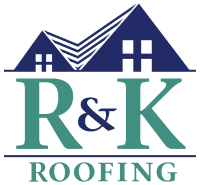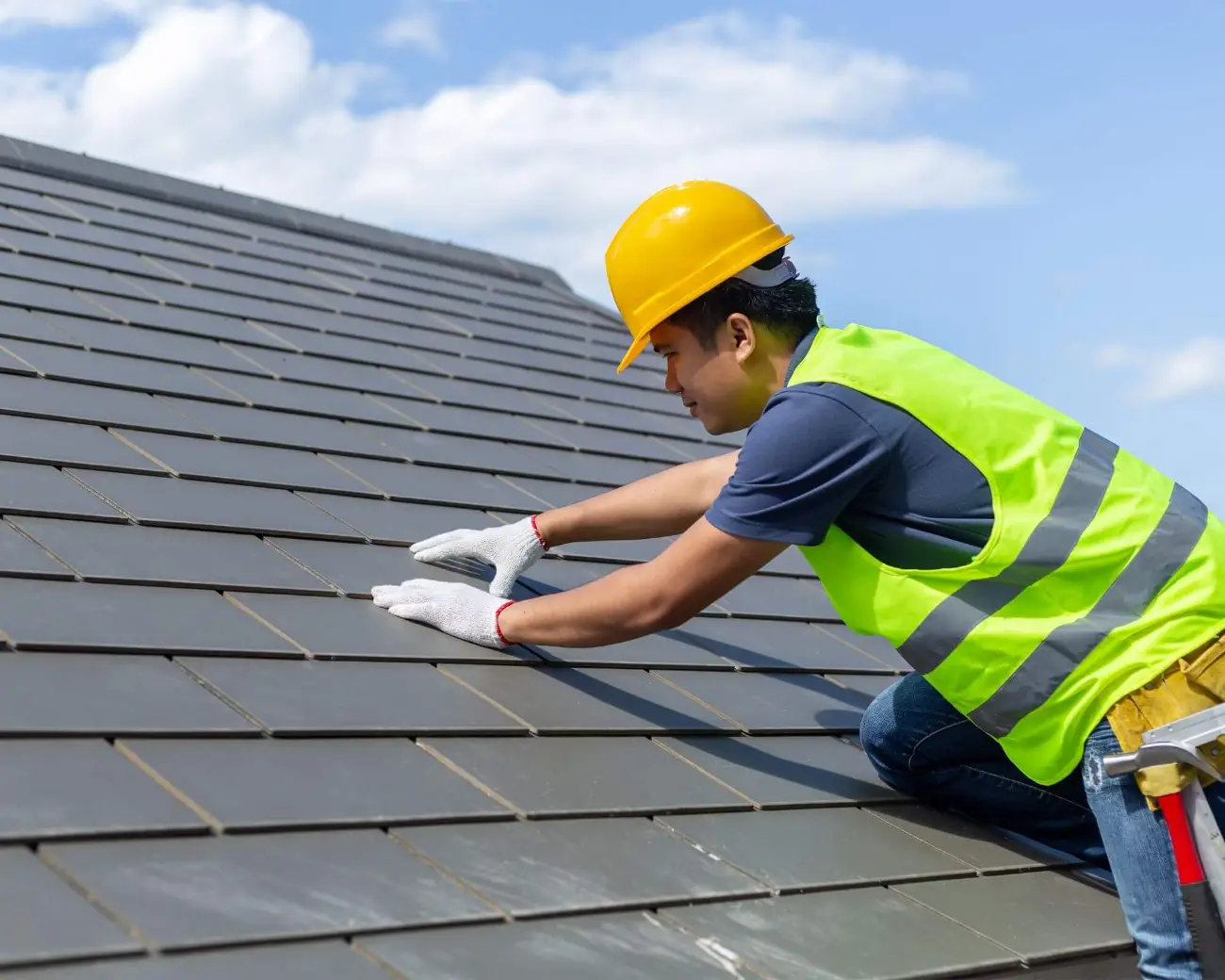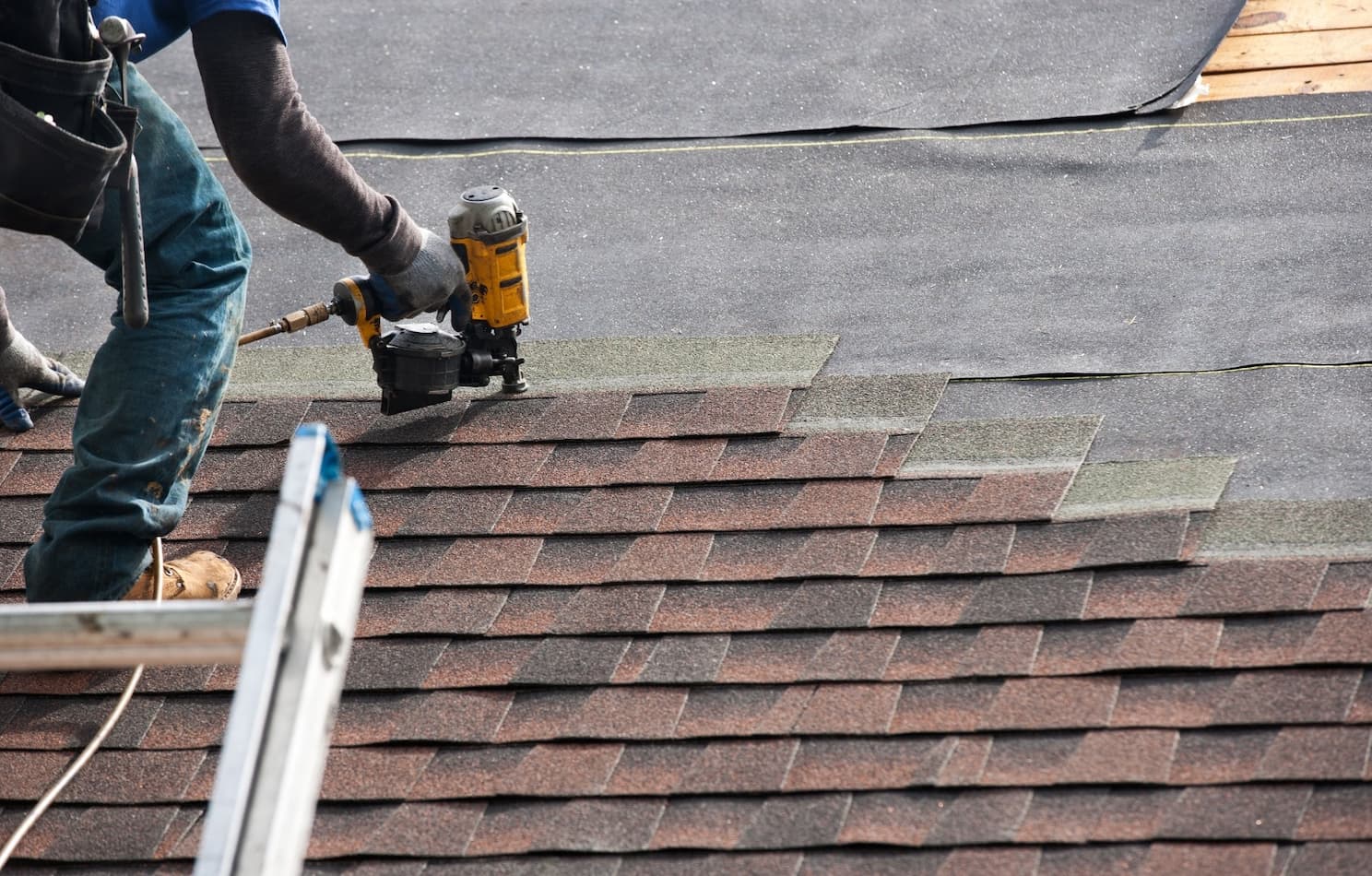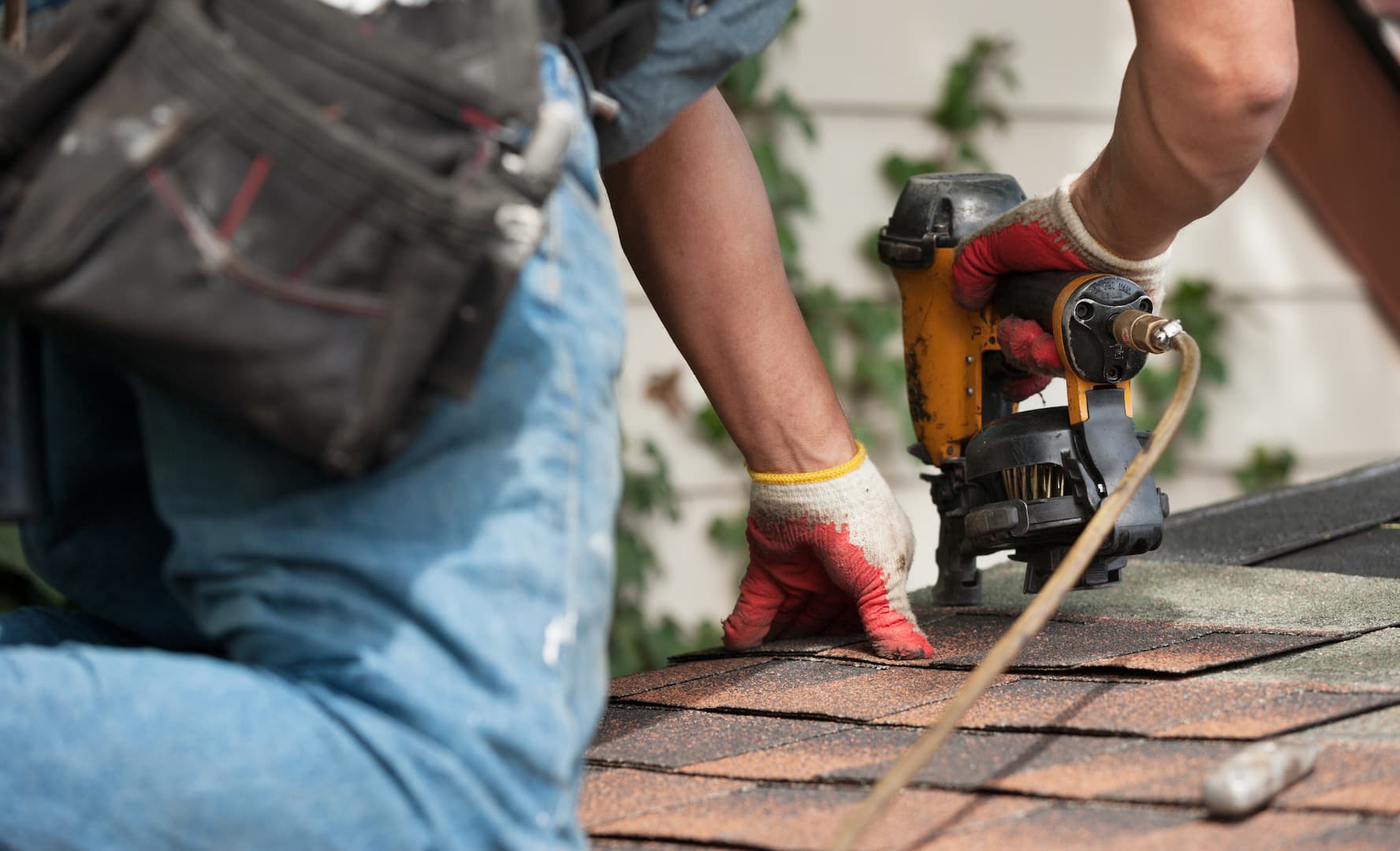Having a significant storm impact your property can be a nightmare, especially regarding your roof. As one of the biggest investments in your home, it’s crucial to protect your roof from storm damage.
If you experience roof damage, it’s vital to act fast. The longer you wait, the more progressive damage can become. As a homeowner, it’s essential to know the types of roof damage. Let’s discuss it!
What Causes Flagler County Roofing Damage?
When it comes to storms, four main elements can damage your roof.
Wind Damage
When thunder and rainstorms come through your area, wind gusts can reach anywhere from 40-80 MPH. Winds of this speed can cause significant damage to your roof’s shingles, tearing them off or lifting them enough to expose the underlayment of your roof. When exposed, your roof is at risk for water exposure that can cause significant damage and require costly repairs.
Water Damage
Excessive rainfall can impact your roof in several ways. It can commonly cause pooling and water damage after the storm settles. Heavy rain can create sunken spots or significant roof leaks if your roof doesn’t have the proper drainage or you already have partially damaged areas. Additionally, clogged gutters can seep under your shingles and flash at weak spots at the edge of your roof that create progressive issues.
Hail Damage
Hail can range from pea-sized balls to golf ball-sized or larger. When hail is large enough, it can damage your roof significantly. Even small hail paired with strong winds can be strong enough to dent, break, split, and loosen shingles. Additionally, granules, the first protective layer of your shingles, can be compromised.
Damage from Debris
Another common source of storm damage seen in Flagler County Roofing is damage from flying debris. During severe thunderstorms, all types of debris can blow onto your roof and cause damage. Tree branches or fallen trees can be particularly catastrophic. However, even small branches, twigs, or trash debris can land on and damage your roof. Check out our article What Should I Do If a Tree Punctures My Roof for additional information on What Does Tree Damage Look Like. Trees are a lovely addition to any home, providing you with natural solitude and a sense of connection to the outdoors.
How to Spot Roof Storm Damage
After a significant storm, you should undoubtedly look for signs of damage. Storm damage can be minimal, with some issues challenging to notice immediately. That’s why it’s crucial to know how to catch damage as early as possible. Here’s what to look for when inspecting for storm damage:
- Wet spots on your ceiling
- Peeling paint indoors
- Missing or damaged shingles
- Discoloration or brown spots on your ceiling
- Lifted or buckling shingles
If you notice any signs of storm damage, it’s essential to act quickly. When it comes to your roof, safety should always come first. You’ll need to immediately contact a professional for an inspection before progressive damage occurs. This will save you the headache and financial strain of significant damage or total Flagler County roofing replacement.
Contact R&K Roofing for Your Free Inspection
Our friendly and reliable team at R&K Roofing is here to help if you need residential roofing repairs. Contact us today to schedule your free inspection and get the peace of mind you deserve as a homeowner.






